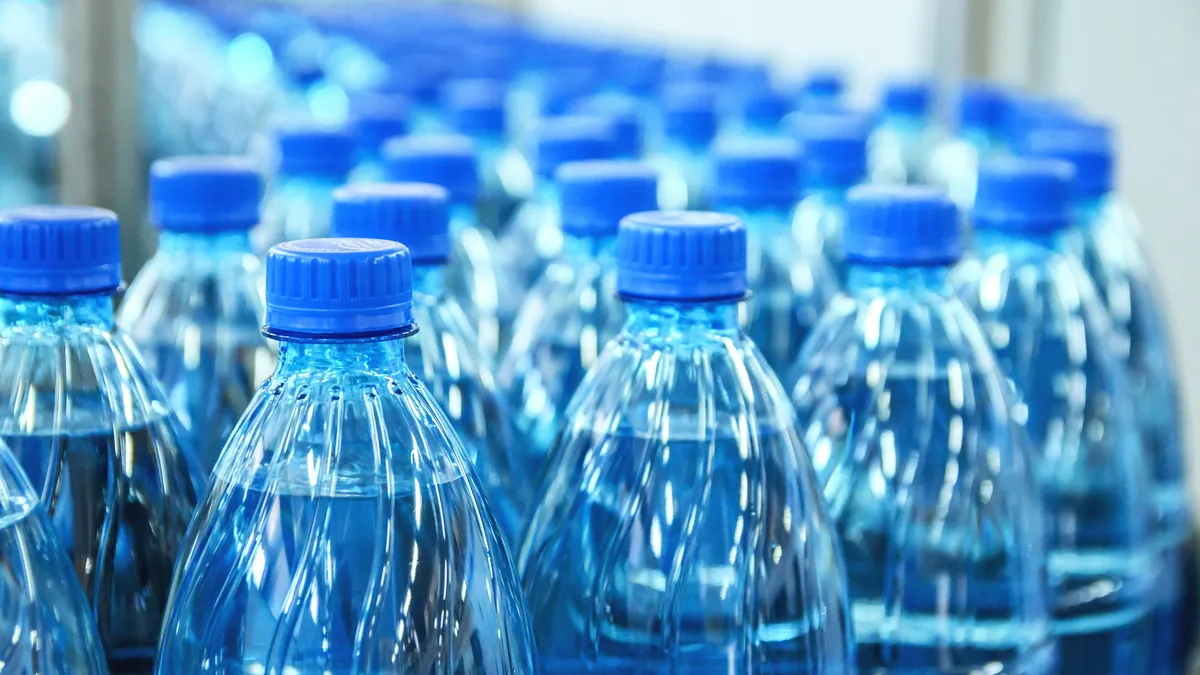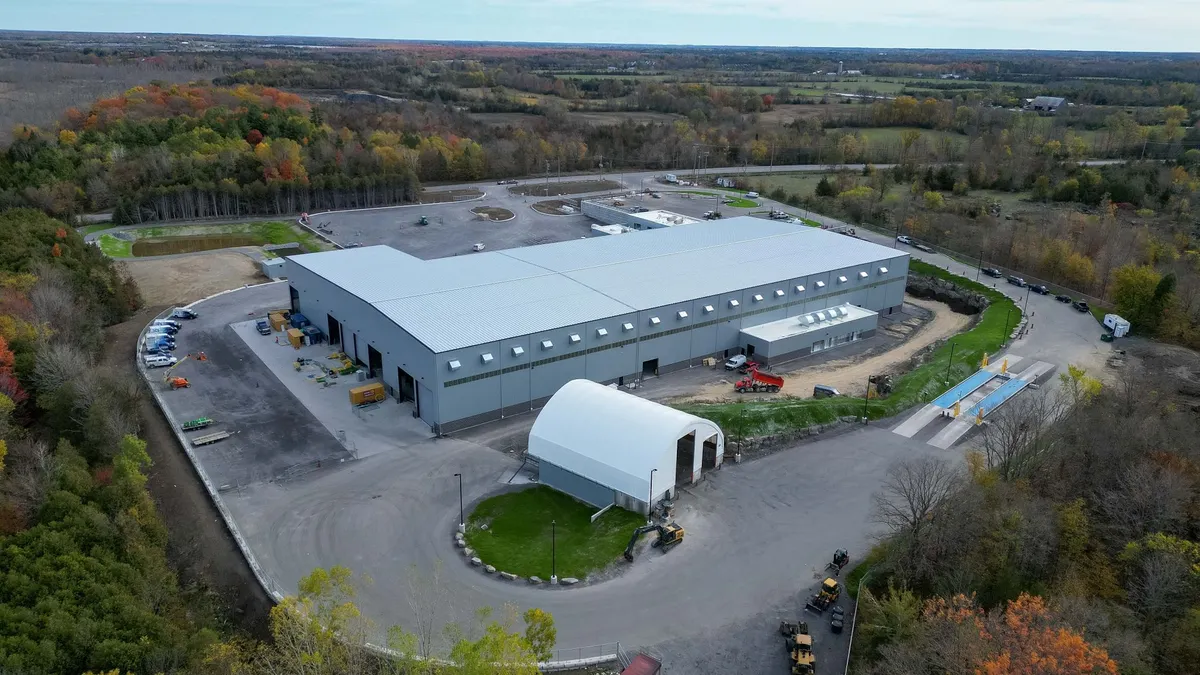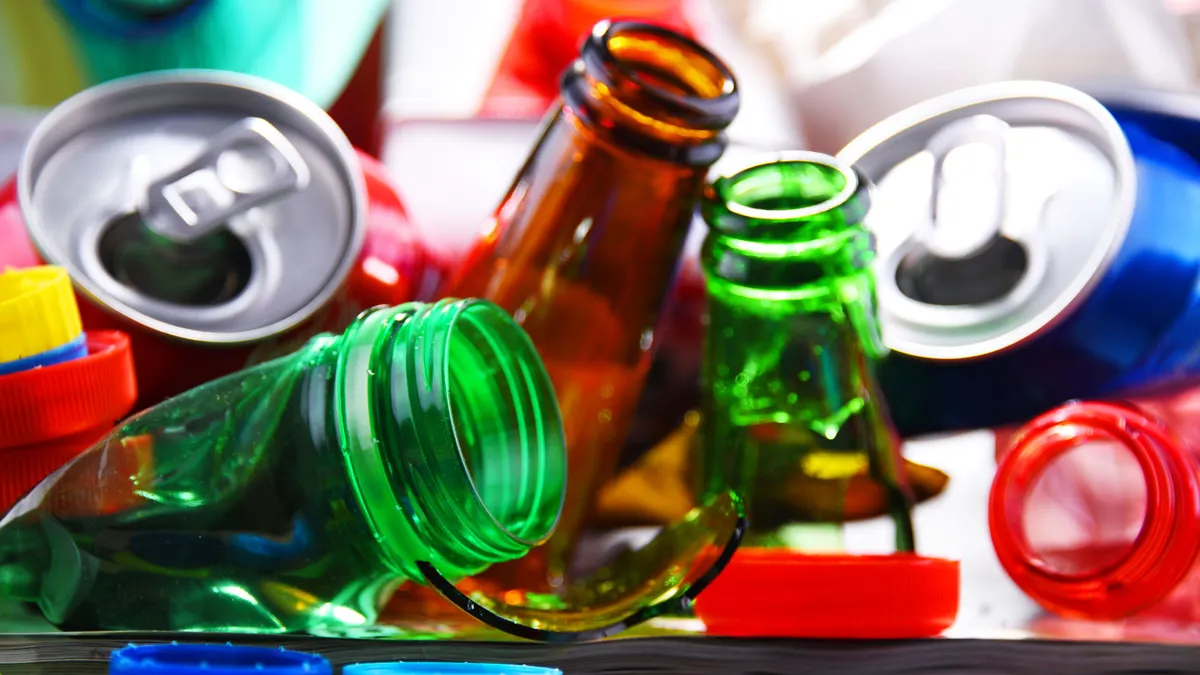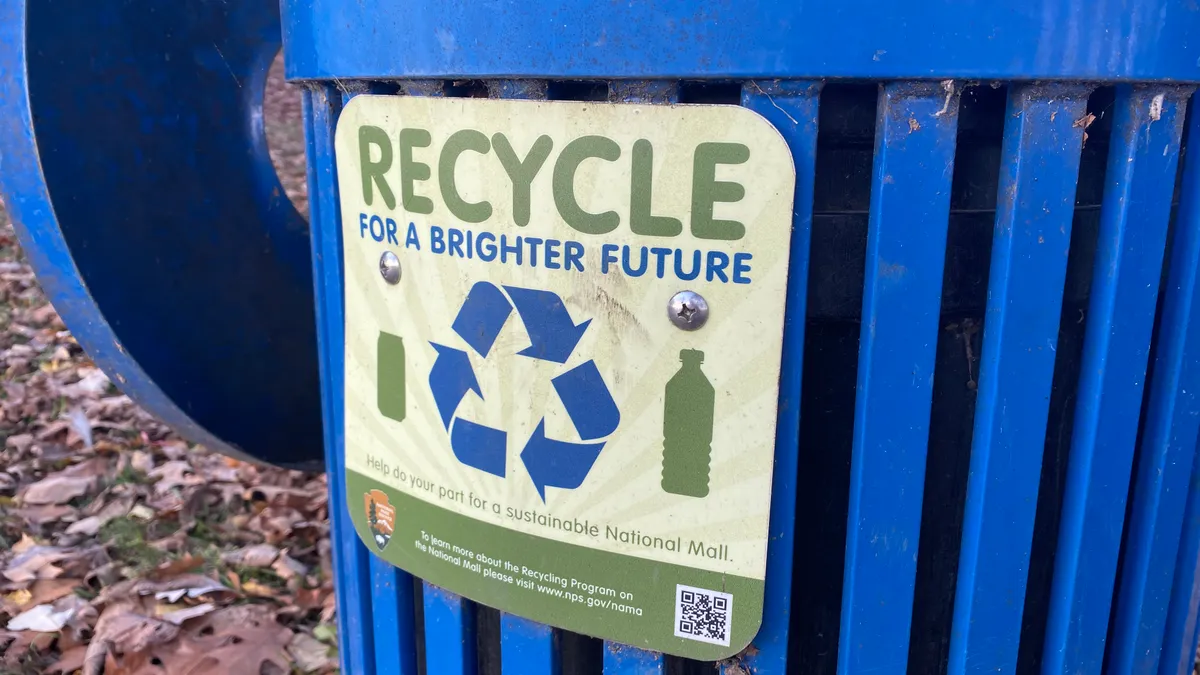As concern about plastic waste mounts, some recyclers are taking a closer look at the emerging science around biorecycling and its ability to break down polyethylene terephthalate (PET). How well the process works, whether it can be scaled, and whether it’s viable enough for companies to invest in are all open questions.
The U.S. Government Accountability Office recently released a two-page “spotlight” report on biorecycling, also known as enzymatic recycling. Proponents of biorecycling, the youngest technology in the plastics recycling space, believe it has the potential to help address a thorny and persistent challenge. In 2018, an estimated 35.7 million tons of plastic packaging, clothing, medical equipment and other materials were disposed in the U.S., with 91% of that going to landfills or incinerators.
“Research suggests that biorecycling of plastics could eventually help promote a circular economy in which plastic waste is continuously reincorporated into new products,” the report’s authors wrote.
Biorecycling relies on enzymes produced by bacteria or fungi to break down material. Like one form of chemical recycling, decomposition, biorecycling can then transform plastic polymers into monomers.
“It’s like the paper chains that we made as kids in school, with each of those links connected to the next one,” said Karen Howard, a director in GAO's Science, Technology Assessment, and Analytics team, who worked on the report. Enzymes, in the case of biorecycling, “can go along and snip the connections between them, so that you end up with all the separate little links instead of the chain. That's how you get from plastic down to its basic components [where] it's just a tiny little starting molecule.”
The monomers that result can be used as building blocks to make new plastics of the same type and quality, or different (possibly even biodegradable) plastics. In this way, decomposition and biorecycling are unlike mechanical recycling — still the most prevalent method — which results in weaker, increasingly inferior plastics with each round of recycling.
Like with mechanical and chemical recycling (the latter of which uses high heat or chemicals to break down material), plastic is usually shredded after sorting. This increases the surface area that interacts with enzymes to speed up the process, although Howard said it isn’t essential. Additionally, the need for clean plastic may be less stringent than for mechanical and chemical recycling “because of the highly selective nature of enzymes.”
“However, that does have to be balanced with making sure that any contaminants that may deactivate or kill the enzymes don’t get into the biorecycling stream,” she said.
Over the decades, two other types of chemical recycling — pyrolysis and gasification, which transform plastic into fuels — have gained a toehold, with a growing number of plants scaling up throughout the country. Some decomposition plants are also operational or in development. Although critics point out that these processes can be energy intensive and result in a range of negative environmental impacts, they’ve nevertheless been touted as at least a partial solution for materials that can’t easily be mechanically recycled.
Biorecycling emerged as a viable possibility six years ago, after a bacterium was discovered that could almost completely degrade PET in Japan. PET— frequently used to make water bottles and polyester clothing — is the fourth-most common resin found in MSW, after linear and low-density polyethylene, polypropylene and high-density polyethylene. This is the only class of plastics that biorecycling has so far been successful in breaking down, although Howard said other enzymes are being researched that might break down polyurethane and polyethylene.
Proponents say it could create closed loop systems: high-quality plastics back into high-quality plastics. Chemical recycling can do this, too, and there is “active research into chemical decomposition of plastics to re-make new plastics, and … some companies are pursuing this route,” Howard said. But pyrolysis, by which fuel is made from plastic, is more mature as a process “and there are more active companies in this space,” according to Howard, who notes that profit margins might play a role in chemical recycling facilities’ decisions to pursue fuels.
“That's probably better than sending it to landfill, but that's not really what we mean by recycling,” said John Standish, technical director at the Association of Plastic Recyclers.
French company Carbios is currently the only one tackling biorecycling at industrial scale, and this is in a demonstration phase. Carbios says its process “allows infinite recycling of all types of PET waste as well as the production of 100% recycled and 100% recyclable PET products, without loss of quality,” according to the company’s website. Carbios did not respond to a request for comment.
No results have been recently released, however. “I think that tells you where the technology is,” said Standish. “I’m all for it and I hope they’re successful, but if Carbios and enzymes were a home run, [other companies] would be building plants with Carbios technology instead of chemical.”
Still, research continues. A paper published in Nature this past April modeled an enzymatic process, called FAST-PETase, which broke down whole pieces of 51 types of thermoformed PET — such as packaging materials and cookie trays — in anywhere from a few hours to one week at 50 degrees Celsius.
“Lower temperatures certainly help in reducing overall costs and energy inputs (thus making this an even more environmentally favorable process),” wrote the paper’s corresponding author Hal Alper, executive director of the Center for Biomedical Research Support at the University of Texas at Austin, in an email. Addressing a GAO concern that enzymatic recycling might prove water-intensive, he said water could easily be recycled.
But is biorecycling scalable? In theory, said Alper. One challenge identified by researchers behind a recent review paper is “the quest for novel enzymes that efficiently operate in cost-effective, large-scale plastics degradation.” Alper notes that his process “benefits from as pure a source of PET waste as possible,” which means “advances in plastic separation processes greatly advance this area and mixed/multi-layer plastics are still an ongoing challenge in the field.”
More effective technology is beginning to emerge, including artificial intelligence with robotics and vision systems, that could also play a role. In the EU, a program called HolyGrail 2.0 is developing a digital watermarking system that embeds barcodes into a container to identify whether it’s composed of PET, for example, or even a specific grade of polypropylene. Standish foresees many barriers to implementing these new sorting technologies, but anticipates they will benefit all forms of recycling in the future.
Meanwhile, Standish maintains that enzymatic, chemical and mechanical recycling are all limited by poor sorting and aggregation. “Creating an increased collection and supply of plastics … [for] more recycling to take place,” he said, “has to be our single primary focus, because that's where the feedstock will come from,” regardless of methodology.

















